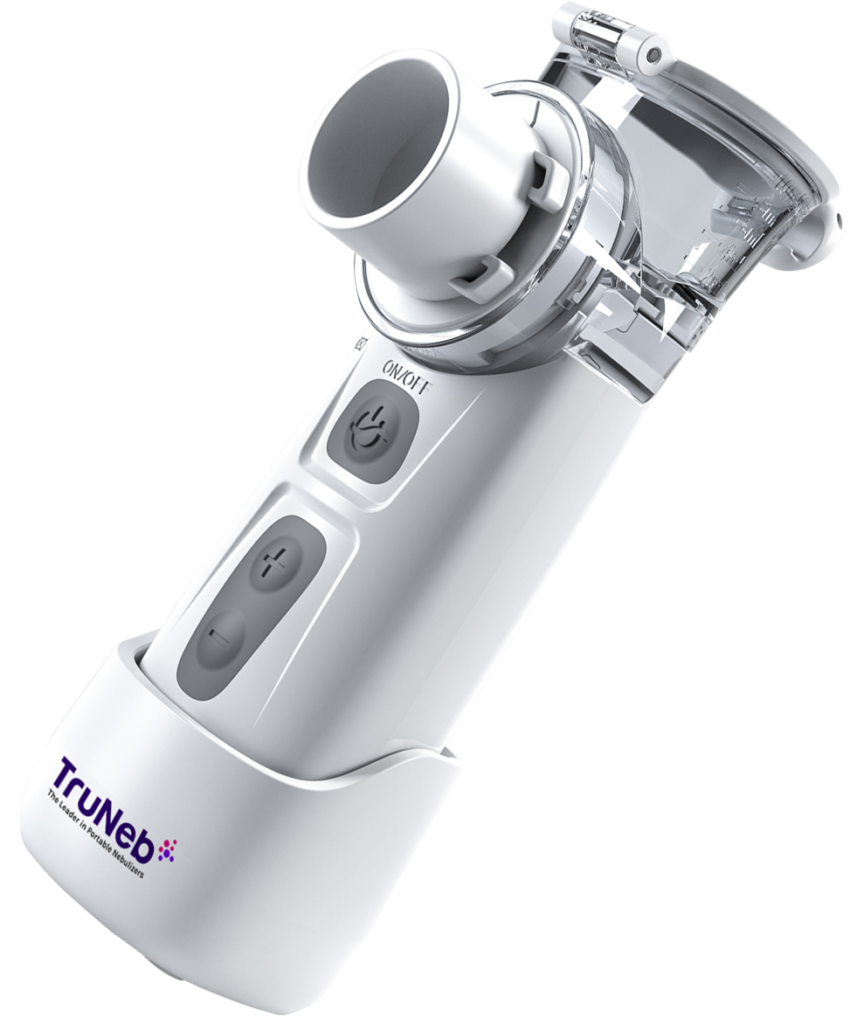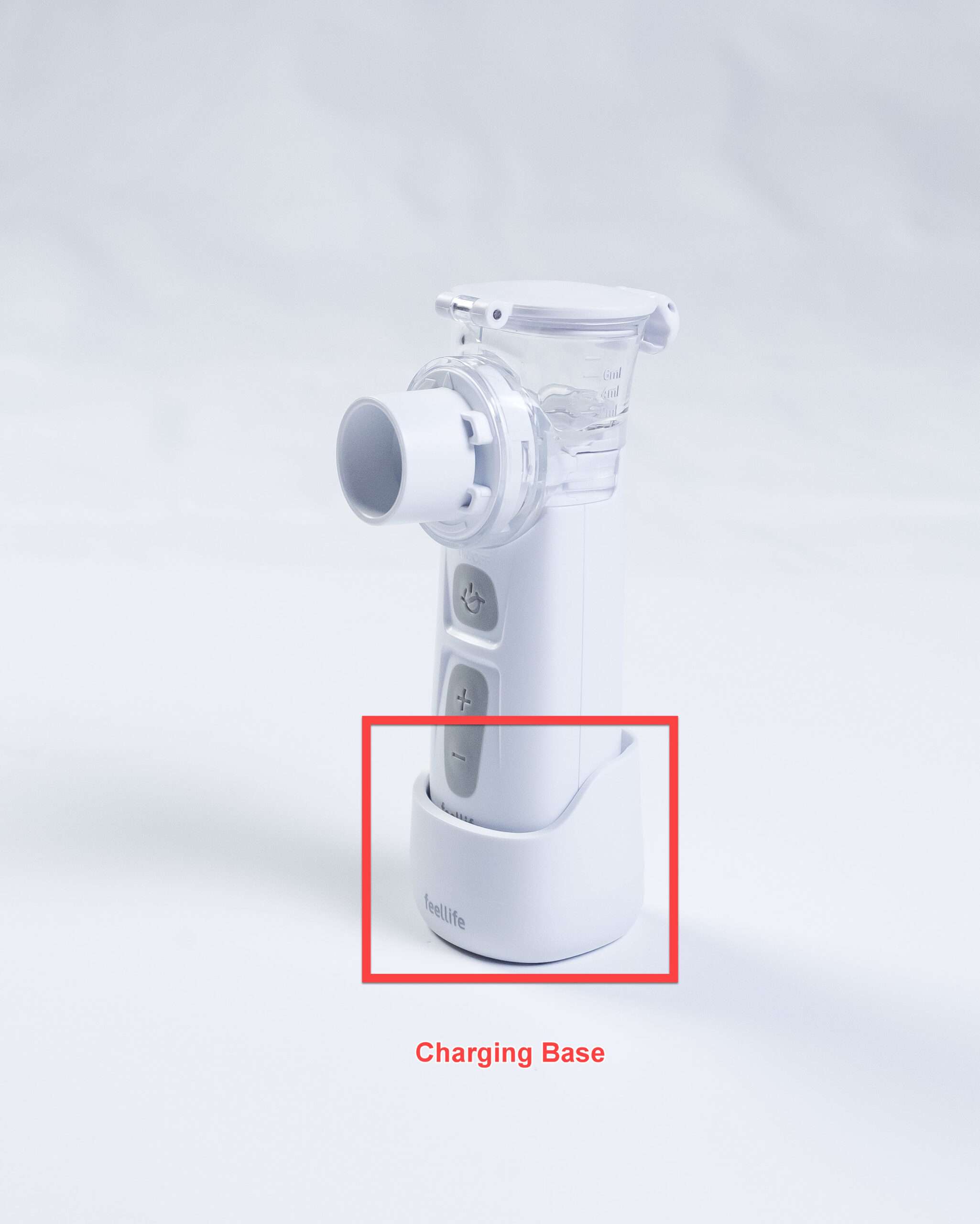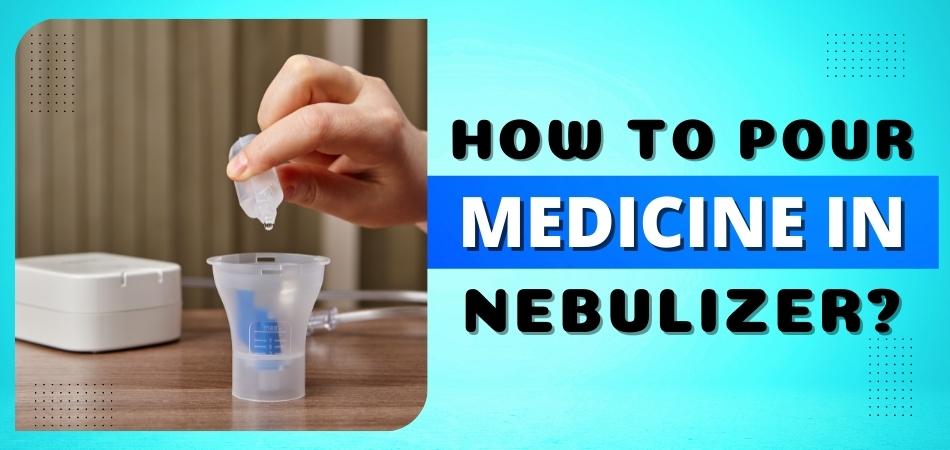When it comes to our health, we want to exhaust all options before giving up. This is especially true when fighting a long-term illness. If conventional treatments aren’t working, we often turn to unconventional methods in the hopes of finding relief.
Nebulizer treatments are one such treatment that can offer relief for those suffering from chronic conditions like asthma, COPD, and cystic fibrosis. If you or your child have asthma, you’ve probably been through the drill of using a nebulizer.
Nebulizers are devices that turn liquid medication into a fine mist, making it easy to inhale. They’re often used for people who can’t use inhalers, such as very young children.
But what do you do when nebulizer treatments don’t work? Here are a few ideas to get you started.
What is Nebulizer Treatment?
Nebulizer treatments are commonly prescribed for conditions like COPD, bronchitis, and asthma. They’re also used to deliver medications to people who can’t take them orally. A nebulizer is a machine that turns liquid medication into a mist that you inhale through a mouthpiece or face mask.
Nebulizer treatments usually last between five and 15 minutes. The amount of time it takes will depend on the strength of the medication and how much you need to take. During a nebulizer treatment, you’ll need to sit still and breathe normally.
The mist will go into your lungs and airways and begin to work right away. You may start to feel better within a few minutes, but some people may need several treatments before they notice any improvement.
How Does Nebulizer Treatment Work?
Nebulizer treatments work by delivering medication to the lungs in the form of a mist. The medication is typically a liquid, which is placed into the nebulizer cup. The nebulizer machine then uses compressed air to turn the liquid medication into a fine mist.
This mist is inhaled through a mouthpiece or face mask and goes directly to the lungs. The small particle size of the mist allows it to be easily absorbed by the lungs. Nebulizer treatments usually last between five and 15 minutes, depending on the type and severity of the condition being treated.
Nebulizer treatments are often prescribed for conditions such as asthma, COPD, and bronchitis. They can also be used to deliver pain medication and hydration to people who are unable to take these medications by mouth.
There are many different types of nebulizers available, so it is important to speak with a doctor or pharmacist about which one is right for you.
What to Do When Albuterol is Not Working?
When albuterol is not working, the first thing to do is check if the inhaler is empty. If it is, then you will need to replace it with a new one. If the inhaler is not empty, then you will need to check if the mouthpiece is blocked.

To do this, remove the cap and hold the inhaler upright. Put your thumb on top of the canister and your first two fingers under the bottom of the canister. Press down evenly as you breathe in deeply and slowly through your mouth for 10 seconds.
If nothing comes out when you press down on the canister, then it means that the mouthpiece is blocked and you will need to clean it.
To clean the mouthpiece, remove it from the inhaler and rinse it under warm running water for 30 seconds. Shake off any excess water and allow it to air dry before putting it back on the inhaler.
Once you have done this, try using your albuterol again to see if it works. If it still does not work, then you should consult with a doctor or an asthma specialist to see what else could be causing your problem.
How Long Do You Have to Wait between Nebulizer Treatments?
If you have a nebulizer at home, you may be wondering how often you should use it. Your doctor will likely give you specific instructions on how often to use your nebulizer and for how long. In general, most people will use their nebulizers for about 10-15 minutes every 4-6 hours as needed.
Of course, the frequency of your treatments will depend on the severity of your condition. If you have a more mild form of asthma or other respiratory condition, you may only need to use your nebulizer every 8-12 hours. However, if your symptoms are more severe, you may need to use it every 2-3 hours or even more frequently.
It’s important to follow your doctor’s recommendations when it comes to using your nebulizer. If you’re not sure how often you should be using it, be sure to ask your doctor or pharmacist for guidance.
What is the Progression of Asthma That is Unresponsive to Treatment?
If you have asthma that is unresponsive to treatment, it is important to understand the progression of the disease. Asthma is a chronic inflammatory disease of the airways. The inflammation leads to the narrowing of the airways, which can cause difficulty breathing.
Over time, this can lead to permanent damage to the airways and lungs. If you have asthma that is unresponsive to treatment, it is important to see your doctor regularly so that they can monitor the progression of your disease and make sure that you are receiving appropriate treatment.
There are four stages of asthma: mild intermittent, mild persistent, moderate persistent, and severe persistent. If your asthma is unresponsive to treatment at any stage, it is considered severe persistent asthma.
Can You Use Nebulizer Too Much?
Can you use a nebulizer too much? It’s a valid question, especially if you or your child have asthma. You might be thinking, “if a little bit helps, then more must be better, right?”

Unfortunately, that’s not always the case with asthma treatments. In fact, using a nebulizer too much can actually make your asthma symptoms worse.
Here’s how it works: when you use a nebulizer, it delivers a concentrated dose of medication to your lungs. This can help to open up airways and relieve asthma symptoms.
However, if you use it too often, your lungs can become dependent on the medication. As a result, your asthma symptoms may actually get worse when you try to stop using the nebulizer.
So how do you know if you’re using your nebulizer too much? If you’re using it more than three times per week, or if you find that you need to use it more and more often to control your asthma symptoms, it’s time to talk to your doctor.
He or she can help you adjust your treatment plan so that you can get the Relief you need without overusing your nebulizer. If you have any concerns, speak to your doctor.
Still Wheezing After Nebulizer Treatment
If you’re still wheezing after nebulizer treatment, it’s important to understand what might be causing this and how you can get relief. First, let’s review what a nebulizer is and how it works.
A nebulizer is a machine that delivers medication in the form of a fine mist that can be inhaled through a mouthpiece or mask.
This type of treatment is often used for Asthma, COPD, and other respiratory conditions. The medication helps to open up the airways and make breathing easier. There are a few different reasons why you might still be wheezing after using a nebulizer.
One possibility is that the medication didn’t work as well as expected and your airways are still constricted. Another possibility is that the nebulizer itself wasn’t working properly or delivering the medication correctly.
If this is the case, you’ll need to consult with your doctor or pharmacist to see if there’s anything that can be done to improve the situation.
In some cases, wheezing after a nebulizer treatment can also be due to an allergic reaction to the medication being used. If this is suspected, it’s important to seek medical attention right away as an allergic reaction can potentially be life-threatening.
If you’re still experiencing wheezing after using a nebulizer, it’s important to talk with your doctor about possible next steps in treatment. They may want to adjust your dosage or try another type of medication altogether.
Albuterol Not Helping Shortness of Breath
If you have COPD, chances are you experience shortness of breath on a regular basis. This can make even simple activities, like getting dressed or taking a walk, feel impossible. While there are treatments available to help manage this symptom, sometimes they don’t seem to be enough.
If you’ve been using an inhaler with albuterol and it’s not helping your shortness of breath, here are a few things to consider.
First, make sure you’re using the inhaler correctly. It’s important to follow the instructions that come with the device so that the medicine actually gets into your lungs.
If you’re unsure how to use it properly, ask your doctor or pharmacist for help. Another possibility is that your COPD is getting worse and you need a different medication or treatment approach.
If you find that your symptoms are becoming more frequent or severe, talk to your doctor about other options. They may want to adjust your current medications or add new ones to help get better control over your COPD.
Finally, stress and anxiety can also contribute to shortness of breath. If you’re feeling particularly anxious or stressed about something in your life, it may be making your symptoms worse.
Child Still Wheezing After Albuterol
If your child is still wheezing after using albuterol, it’s important to seek medical attention. Albuterol is a bronchodilator that opens up the airways and makes it easier for air to move in and out of the lungs. It’s typically used to relieve symptoms of asthma or other respiratory conditions.
If your child is still wheezing after using albuterol, it may be a sign of a more serious problem. Seek medical attention right away if your child has difficulty breathing, is coughing up blood, or has any other concerning symptoms.
Final Word
Nebulizer treatments are a common way to deliver asthma medication, but they’re not always effective. In some cases, the treatments can actually make symptoms worse.
If nebulizer treatments don’t seem to be working for your child, there are other options that may help.
One alternative is using an inhaler with a spacer device. This allows more of the medication to reach the lungs and helps avoid problems with the throat and mouth.
Another option is taking corticosteroid pills or injections to reduce inflammation in the airways. Your doctor can help you decide which treatment is best for your child.
Why is TruNeb™ the Best Portable Nebulizer?
Our nebulizer is truly the best portable nebulizer on the market, for the simple reason that it gives you an accurate and quick dose of your medications each time you need them.
The TruNeb™ turns your liquid medication into a mist that you breathe in, helping the meds to reach your lungs quicker, and giving you immediate relief when you need it most.
Our portable mesh nebulizer machine works for both kids and adults, making it easy for anyone who needs nebulized therapy. Order your own nebulizer now!



